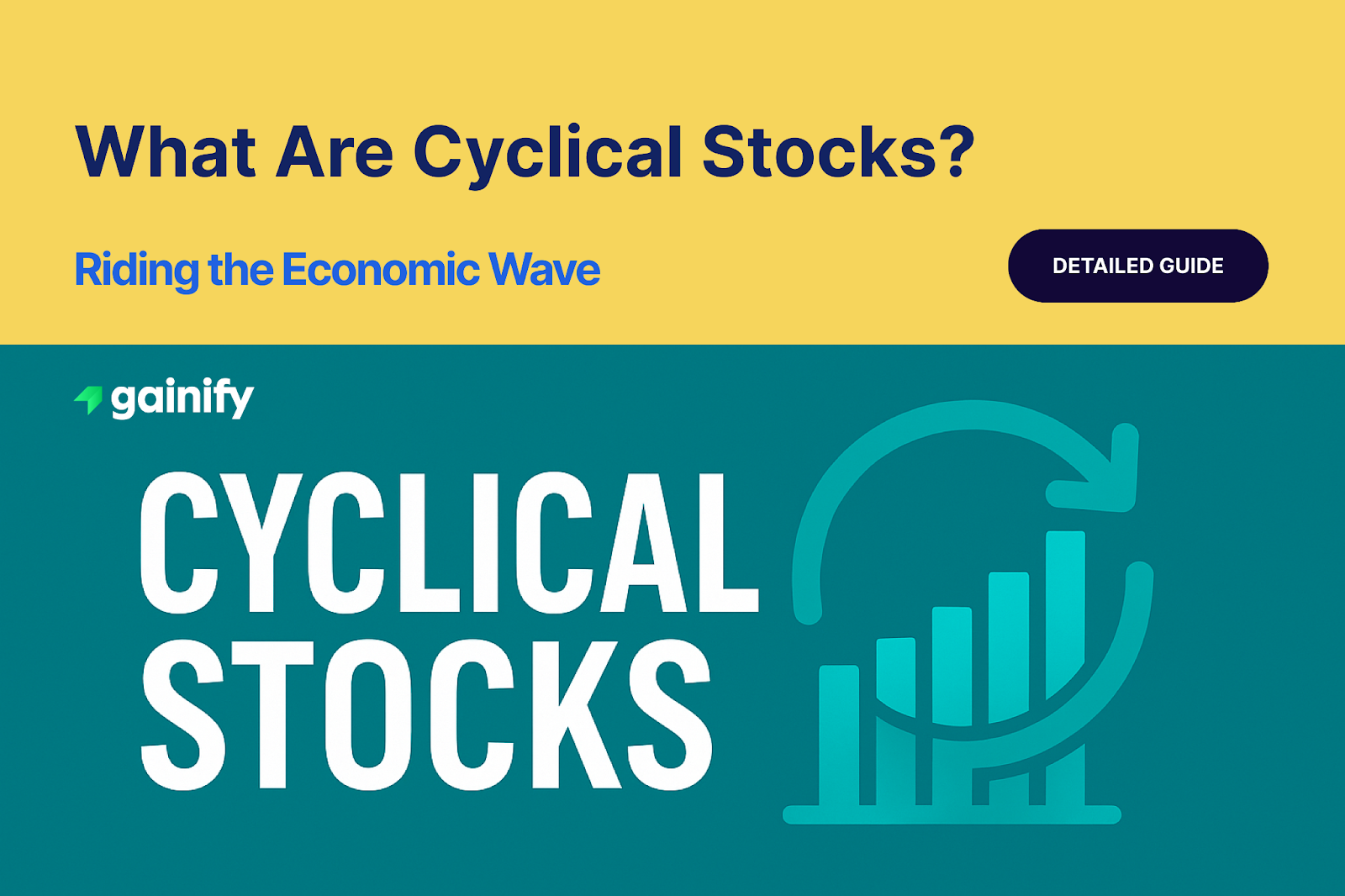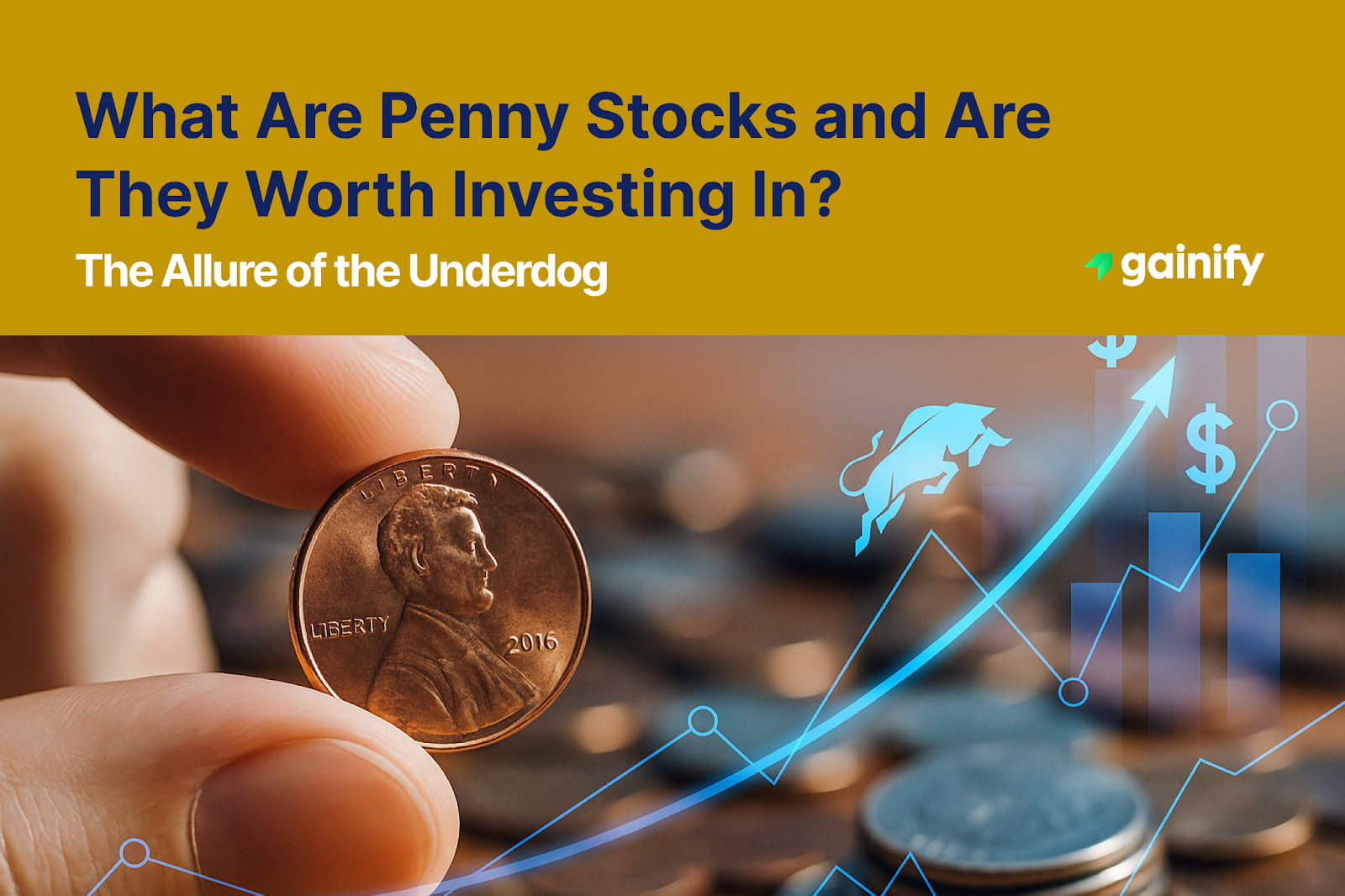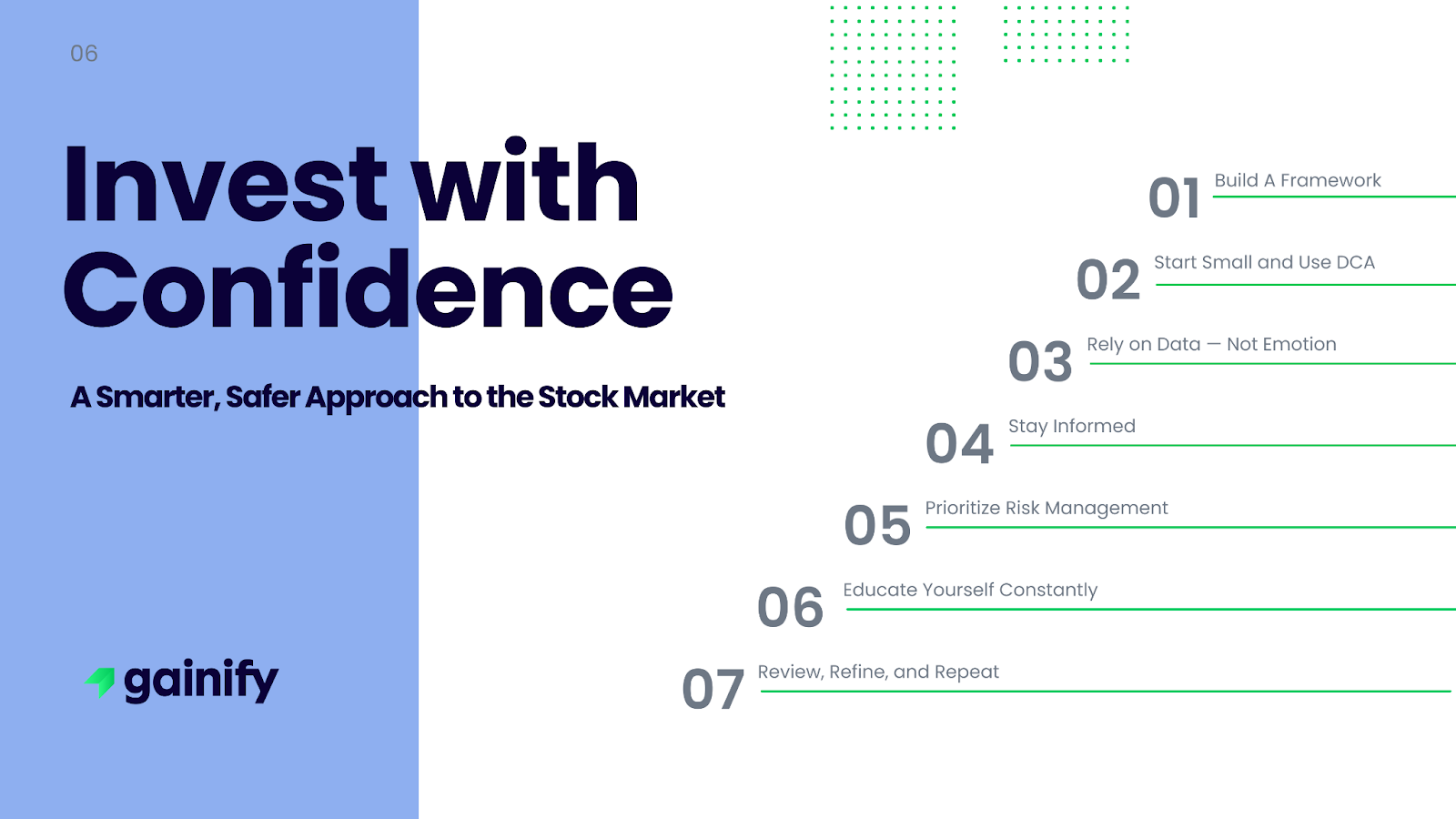The dynamics of financial markets often appear complex, characterized by the seemingly unpredictable ascent and descent of asset values.
However, a specific category of equities exists whose performance exhibits a discernible pattern, closely aligning with the broader economic cycle. These are cyclical stocks, and comprehending what is cyclical stocks behavior is foundational for effective investment strategy.
Unlike businesses offering essential goods and services, the prosperity of cyclical companies is directly correlated with the prevailing economic climate. During periods of economic expansion, marked by low unemployment and robust consumer spending, these companies experience significant increases in revenue and profitability. This surge in activity directly translates to enhanced financial performance and appreciating stock values.
Conversely, economic contractions introduce a challenging environment for cyclical enterprises. As consumer confidence wanes and discretionary spending diminishes, demand for their products and services typically recedes. This direct inverse relationship means that while cyclical stocks offer substantial upside during upturns, they also present amplified downside during downturns, necessitating a discerning and informed investment approach.
As an expert in financial problem-solving, I have observed the substantial opportunities presented by a thorough understanding of these cyclical patterns. This knowledge transcends mere company analysis; it involves appreciating the intricate interplay between a company’s prospects and the overarching economic narrative. This article aims to equip you with the insights required to navigate these dynamic cyclical stock investments with greater confidence, potentially positioning you to capitalize on forthcoming economic shifts.
The Economic Compass: Navigating Cyclical Stocks
At their core, cyclical stocks represent ownership in companies whose business performance is directly influenced by the strength or weakness of the overall economy. When the economy is flourishing, unemployment is low, consumer spending is high, and businesses are investing, these companies see their sales and profits surge. Conversely, during economic downturns, recessions, or periods of uncertainty, consumer demand for their products and services often diminishes, leading to reduced revenues and profits.
Think of it this way: when times are good, people are more inclined to buy a new car, take a vacation, or upgrade their home appliances. Companies in the automotive industry, travel and tourism, hospitality, luxury retail, and even construction sectors tend to benefit immensely from this increased consumer activity. Their earnings can grow significantly, driving up their share price.
However, when economic conditions tighten, consumers become more cautious with their spending. They might postpone major purchases, reduce travel, or delay home renovations. This directly impacts the revenue streams of cyclical businesses, often leading to a sharper decline in their share prices compared to companies in more stable industries. This inherent volatility is a defining characteristic of cyclical stocks.
Industries Where Cyclical Stocks Reside: S&P 500 Examples
Cyclical stocks are found across a variety of industries that are highly sensitive to economic shifts. Here are some of the most prominent examples, including well-known companies from the S&P 500 index:
- Automotive Industry: When the economy is strong, consumers are more likely to purchase new vehicles. During downturns, car sales typically plummet. An auto strategist would keenly observe unemployment rates and consumer sentiment here.
Examples: Ford Motor Co. (F), General Motors Company (GM). - Airlines and Travel: Discretionary income directly impacts travel plans. During economic expansions, leisure and business travel boom. In contractions, these sectors are among the first to suffer. A travel senior analyst consistently watches for changes in GDP growth.
Examples: American Airlines Group (AAL), Delta Air Lines (DAL), Southwest Airlines (LUV), United Airlines Holdings (UAL) - Hospitality: Hotels, resorts, and restaurants thrive when people have more disposable income and confidence to spend on leisure and dining experiences. These are very much part of the consumer discretionary sector.
Examples: Marriott International (MAR), Hilton Worldwide Holdings (HLT), MGM Resorts International (MGM). - Housing and Construction: These industries are highly dependent on interest rates, consumer confidence, and job growth. A strong economy typically means more housing starts and renovation projects, impacting the consumer durables market.
Examples: Lennar Corporation (LEN), D.R. Horton (DHI), PulteGroup (PHM). - Industrial and Manufacturing: Companies that produce equipment, raw materials, or components for other businesses often see their demand fluctuate with the broader industrial output, which is tied to the economic cycle.
Examples: Caterpillar (CAT), Deere & Company (DE), Boeing (BA). - Technology (certain segments): While many tech companies are considered growth stocks, those producing consumer electronics or enterprise solutions heavily reliant on large corporate IT budgets can exhibit cyclical tendencies. This includes semiconductor manufacturers whose demand is tied to consumer and business spending on devices.
Examples: Advanced Micro Devices (AMD) (semiconductors for various industries), Micron Technology (MU) (memory and storage solutions).
The Allure and the Challenge: A Balanced Perspective
For many investors, the appeal of cyclical stocks lies in their potential for significant capital appreciation during economic upswings. Identifying the bottom of a recession and investing in well managed cyclical companies can lead to substantial returns as the economy recovers and their fortunes rebound. It is about understanding the timing, not merely the trend. This is where a robust investment plan comes into play.
However, this very sensitivity to the economic cycle also presents their primary challenge: increased volatility and risk. Missing the turn in the business cycle can mean significant losses. Investing in cyclical stocks requires a keen understanding of macroeconomic conditions, a patient temperament, and the willingness to ride out periods of market turbulence. It is not for the faint of heart or those seeking consistent, predictable returns irrespective of market phases.
Understanding the Economic Cycle for Investment Decisions
The performance of various industries and, consequently, their corresponding stocks, is deeply intertwined with the broader economic cycle. This cycle is not a linear progression but rather a continuous, undulating wave that moves through distinct and predictable phases. Recognizing these phases is crucial for investors, particularly when considering assets sensitive to economic shifts.
As illustrated in the provided graphic, the business cycle typically comprises the following stages:
- Expansion: This marks a period of robust economic growth. During expansion, unemployment rates generally fall, consumer spending increases, and businesses see rising demand for their products and services. Companies across many sectors experience healthy revenue growth and expanding profits, which often translates to appreciating stock prices.
- Peak: The zenith of economic activity. At this point, growth reaches its maximum rate, and economic indicators may begin to plateau or show early signs of slowing down. Inflationary pressures might also become more apparent.
- Recession: Following the peak, the economy enters a period of contraction. This phase is characterized by declining Gross Domestic Product (GDP), rising unemployment, and a significant reduction in consumer and business spending, especially on discretionary items. During a recession, corporate earnings typically decline, leading to downward pressure on stock valuations.
- Depression/Trough: The lowest point of the economic downturn. This represents the nadir of economic activity, where unemployment is high, and confidence is low. While challenging, the trough is often viewed as a potential turning point, setting the stage for future recovery.
- Recovery: From the trough, the economy begins to rebound. Employment starts to improve, consumer confidence gradually returns, and spending slowly picks up. Businesses begin to see renewed demand, leading to an uptick in earnings and a corresponding rebound in stock performance.
The ability to accurately assess where the economy stands within this dynamic cycle is a significant advantage for any investor. It involves not merely observing the current state of economic indicators, but also anticipating transitions between phases. Successfully navigating these economic tides, therefore, truly becomes an art, requiring a blend of data analysis, foresight, and strategic patience to align investment choices with the evolving economic landscape.
A Contrarian Twist: The “Perennial Bloomers”
Now, while we acknowledge the cyclical nature of many industries, it is important to introduce a nuanced perspective. Not every company within a cyclical sector behaves identically, and some possess unique qualities that allow them to mitigate the sharp swings. Think of them as the “Perennial Bloomers” of cyclical industries.
These are companies that, while still tied to economic health, have developed strong competitive advantages, innovative product lines, or highly diversified revenue streams that provide a degree of resilience. Perhaps they have an incredibly strong brand loyalty, an indispensable technology, or a global footprint that allows them to offset weakness in one region with strength in another. They may still experience downturns, but their underlying business quality allows them to recover more swiftly and perhaps even gain market share from weaker competitors during challenging times.
An example might be a luxury brand with such an iconic status that its demand, while reduced in a recession, does not collapse completely and rebounds exceptionally quickly due to its exclusive appeal. Or consider an industrial company that has diversified into essential maintenance services alongside its core manufacturing, providing a more stable revenue base even when new equipment sales decline. Identifying these “Perennial Bloomers” within cyclical sectors requires a deeper dive into individual company fundamentals, moving beyond broad industry classifications to pinpoint truly exceptional businesses. This approach adds another layer of sophistication to your investment portfolio.
Cyclical vs. Non-Cyclical Stocks: A Comparison
To further clarify the distinction, here is a table outlining the key features of cyclical and non-cyclical (often called defensive) stocks:
Feature | Cyclical Stocks | Non-Cyclical (Defensive) Stocks |
Economic Sensitivity | High correlation to economic cycles. Their stock performance is directly tied to the business cycle. Perform well in expansions, poorly in contractions due to fluctuating consumer sentiment. | Low correlation to economic cycles. Stable performance regardless of economic conditions. Demand for their products remains consistent even during market downturns or a recession. |
Industry Examples | Automotive, Airlines, Hospitality, Luxury Goods, Construction, Industrial, certain Tech segments. These often fall under the broad consumer discretionary sector. | Utilities, Consumer Staples (food, beverages, household goods), Healthcare, Education. These include the utilities sector, healthcare sector, and companies producing household consumables and personal hygiene products. |
Demand for Products | Discretionary items. Consumers can easily delay or forego purchases, impacting retail stores and entertainment companies. | Essential demand. Consumers need these products/services consistently, regardless of macroeconomic changes. For instance, people consistently need electricity from a utility company or basic groceries. |
Revenue & Earnings | Highly volatile. Significant swings based on economic health and GDP growth. Their earnings reports show pronounced peaks and troughs. | Stable and predictable. Less prone to large fluctuations. They often provide reliable revenue streams. |
Volatility | Higher price swings and greater risk. Their Beta (β) is typically greater than 1. | Lower price swings and generally lower risk. Their Beta is typically less than 1. |
Investment Goal | Capital appreciation during upturns. Investors aim to buy low and sell high across market phases. | Stability, consistent dividends, and wealth preservation. These are often considered core holdings in a diversified investment portfolio. |
Dividend Payouts | Can be inconsistent or cut during downturns as profits diminish. | Tend to offer consistent and often growing dividends, making them attractive for income-focused investors. |
Relevant ETFs | Consumer Discretionary Select Sector Fund (XLY) from the SPDR ETF series. You might also find ETFs tracking specific cyclical industries. | Consumer Staples Select Sector Fund (XLP) or Utilities Select Sector Fund (XLU) from the SPDR ETF series. |
Frequently Asked Questions (FAQ)
Q: How do cyclical stocks differ from defensive stocks?
A: Cyclical stocks perform best during economic expansions and suffer during contractions, reflecting the overall economy. Their share price movements are closely tied to the broader business cycle. Defensive stocks, on the other hand, tend to be more stable and perform consistently regardless of economic conditions because they belong to industries that provide essential goods and services, such as the utilities sector, consumer staples, and the healthcare sector. People will always need electricity, food, and medicine, even during a recession. A financial advisor often recommends a mix of both for balance.
Q: When is the best time to invest in cyclical stocks?
A: Generally, the optimal time to invest in cyclical stocks is during the late stages of an economic downturn or at the very beginning of an economic recovery. This allows investors to benefit from the subsequent surge in corporate earnings and stock prices as the economy rebounds. Conversely, it is often advisable to consider reducing exposure to cyclical stocks during the peak of an economic expansion or as signs of a downturn emerge.
Q: Are all companies within a cyclical industry considered cyclical stocks?
A: While a broad industry might be labeled “cyclical,” not every company within it will behave identically. Some companies may have stronger balance sheets, superior management, or more diversified business models that make them more resilient during economic downturns. It is always important to conduct thorough individual company analysis beyond the industry classification in your stock-picking process.
Q: What are some risks associated with investing in cyclical stocks?
A: The primary risks include higher volatility, meaning their share prices can fluctuate significantly, and the difficulty in accurately timing economic cycles. If an investor buys cyclical stocks too late in an expansion or holds them for too long into a recession, they could face substantial losses. They also carry higher business risk during economic contractions as demand for their products and transportation services diminishes. Consulting with a financial advisor can help manage these risks, perhaps through strategies like dollar-cost averaging.
Summary: Mastering the Cycle for Investment Growth
To conclude, cyclical stocks represent a powerful yet nuanced segment of the investment universe. Their inherent connection to the broader economic rhythm presents distinct opportunities for substantial capital appreciation, particularly during periods of economic expansion. As emphasized by many experts, a deep understanding of macroeconomic conditions and the influence of central banks like the Federal Reserve on business cycles is not merely beneficial, but absolutely paramount for navigating these assets.
Key Conclusions:
- Economic Sensitivity is Key: Cyclical stocks thrive when the economy is strong, driven by increased consumer and corporate spending on discretionary items and consumer durables.
- Volatility is a Double-Edged Sword: While offering high potential returns in upswings, their susceptibility to economic downturns means higher share price volatility and risk.
- Timing Matters: Strategic entry and exit points, often at the inflection points of market phases, are crucial for maximizing gains and mitigating losses.
- “Perennial Bloomers” Offer Resilience: Within cyclical sectors, companies with strong fundamentals, diversified revenue streams, or unique competitive advantages can demonstrate greater resilience during challenging times.
- Portfolio Balance is Essential: Integrating cyclical stocks into a well-diversified investment portfolio alongside more stable, non-cyclical assets helps manage overall risk and optimize long-term returns.
Ultimately, successful stock investing in cyclical assets is about more than passive holding. It demands active engagement with economic indicators, a clear investment plan, and the willingness to adjust strategies as macroeconomic changes unfold. By embracing this informed approach, investors can skillfully ride the economic wave, transforming market fluctuations into significant opportunities for financial growth.




